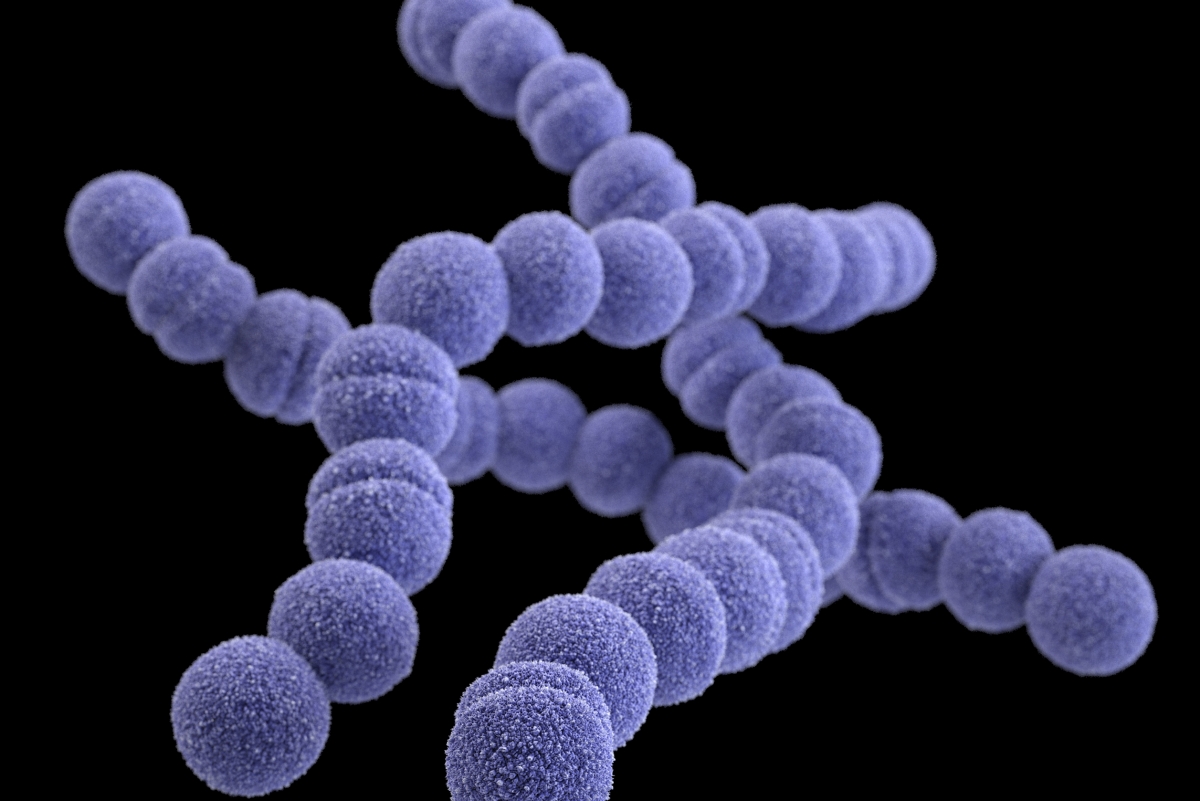Streptococcus pyogenes
2020-07-02

Computer-generated illustration, based on scanning electron microscopic imagery, of Streptococcus pyogenes. Copyright holder: Jennifer Oosthuizen - Medical Illustrator. Link: https://phil.cdc.gov/Details.aspx?pid=22884.
Streptococcus pyogenes, also known as group A Streptococcus or GAS, is a bacteria responsible for a wide range of diseases such as pharyngitis, scarlet fever, strep throat and acute rheumatic fever [1, 2]. Even though the global burden of GAS is not known in detail, an estimated 500,000 deaths are caused by severe GAS infections each year, making it one of the major human pathogens [2].
Even though a vaccine is under development, antibiotics remain the way to treat GAS related infections and despite GAS being susceptible to penicillin, broad-spectrum antibiotics are often unnecessarily prescribed [3] which risk to further drive antibiotic resistance.
1928 offers the following analyses of S. pyogenes:
- MLST (Multilocus sequence typing).
- cgMLST (core genome MLST), typing with finer resolution than traditional MLST with our own schema built from 1118 genes.
- Genotypic prediction of resistance genes and mutations.
- SNP analysis for higher resolution of outbreaks.
- M protein gene (emm) typing
References
- Centers for Disease Control and Prevention. (2020, May, 7) Diseases Caused by Group A Strep. Retrieved from https://www.cdc.gov/groupastrep/diseases-public/index.html.
- Carapetis, J. R., Steer, A. C., Mulholland, E. K., & Weber, M. (2005). The global burden of group A streptococcal diseases. The Lancet infectious diseases, 5(11), 685-694. [CrossRef]
- Vekemans, J., Gouvea-Reis, F., Kim, J. H., Excler, J. L., Smeesters, P. R., O’Brien, K. L., ... & Kaslow, D. C. (2019). The path to group A Streptococcus vaccines: World Health Organization research and development technology roadmap and preferred product characteristics. Clinical Infectious Diseases, 69(5), 877-883. [CrossRef]